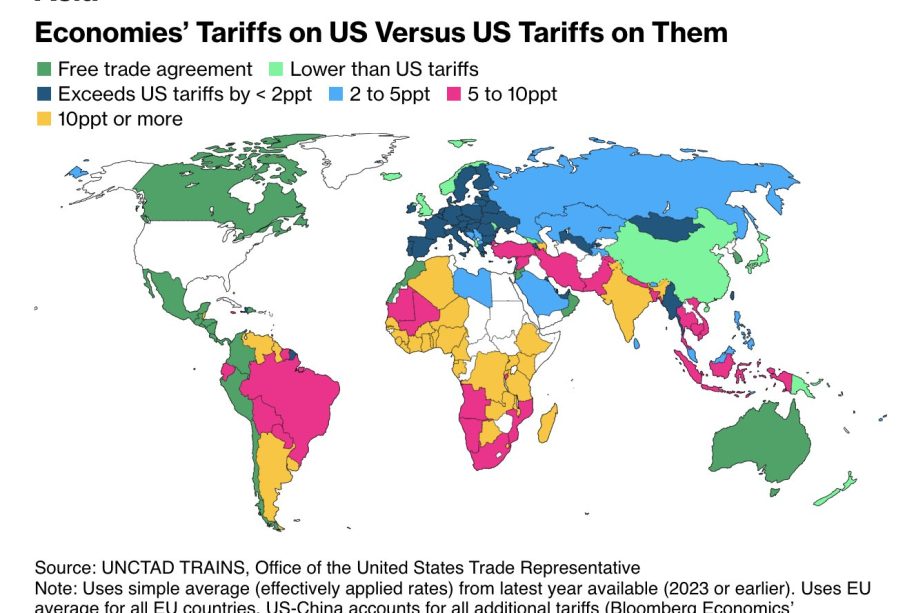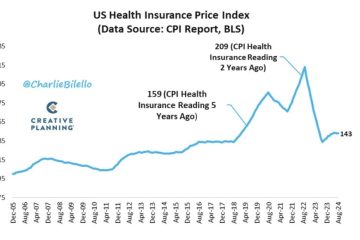Tariffs: Navigating the Complex World of Global Trade

Introduction
Tariffs have become a central topic in international trade dialogues, particularly as countries navigate economic recovery post-pandemic. These taxes on imports or exports can significantly influence global markets, impact consumer prices, and determine the competitive landscape for local businesses. In recent years, trade tensions, particularly between major economies, have shed light on the importance of understanding tariffs and their broader implications.
Recent Developments in Tariff Policies
In 2023, amidst ongoing trade negotiations, several nations have revised their tariff policies in response to fluctuating economic conditions and geopolitical tensions. For instance, the United States has seen shifts in tariffs on Chinese goods, initiated during the previous administration, leading to a continuation of trade complexities. These tariffs, which could go as high as 25%, are still in effect as discussions for a new trade agreement progress.
Meanwhile, the European Union is focusing on reducing tariffs for sustainable products in line with its commitment to the Green Deal. Efforts to reduce tariffs on electric vehicle imports illustrate a strategic move towards promoting green technology, aiming to create a balanced trade environment conducive to innovation and environmental sustainability.
The Economic Impacts of Tariffs
Economists continue to debate the pros and cons of tariffs. Proponents argue that tariffs can protect domestic industries from foreign competition, thus preserving jobs. However, critics highlight that high tariffs can lead to increased prices for consumers and retaliatory measures from other countries, potentially sparking trade wars.
As of early 2023, some industries have expressed growing concerns regarding rising raw material costs, attributed to tariffs, which in turn might lead to inflationary pressures. The manufacturing sector, relying heavily on imports, is particularly vulnerable to these changes, urging policymakers for clearer frameworks that balance protectionism with global trade commitments.
Conclusion
In conclusion, tariffs remain a pivotal issue within the landscape of global trade. As countries adapt policies in light of economic realities and strategic interests, it is essential for businesses and consumers to stay informed about potential changes. The ongoing adjustments may lead to a more intricate trading environment, making it crucial for stakeholders to devise strategies that mitigate risks associated with tariff fluctuations. As the global economy evolves, understanding tariffs will be key to navigating future market landscapes and fostering international cooperation.









